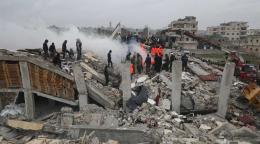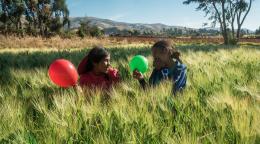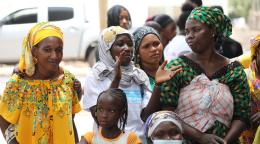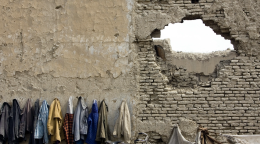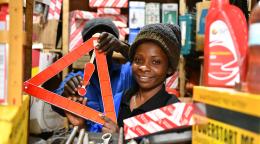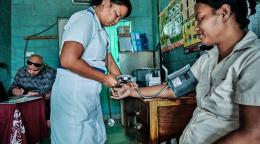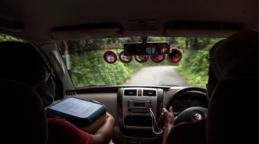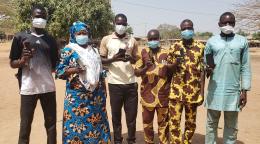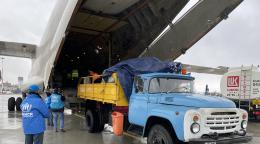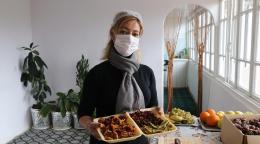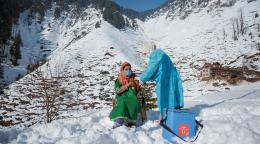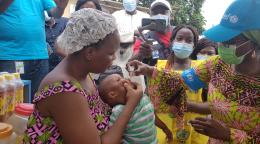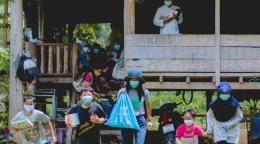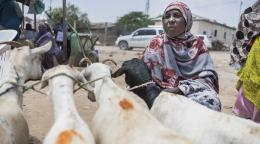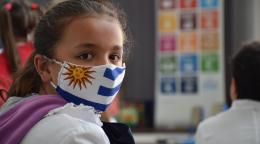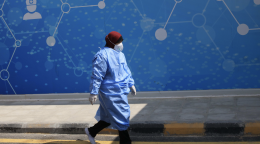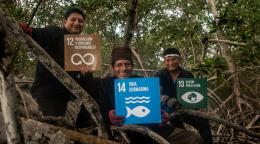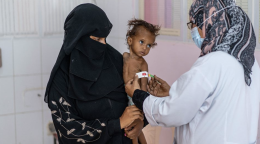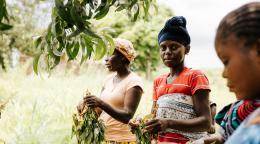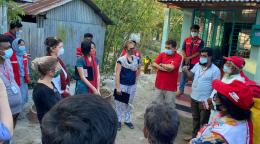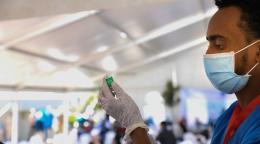In DRC, building bridges between peacekeeping and development
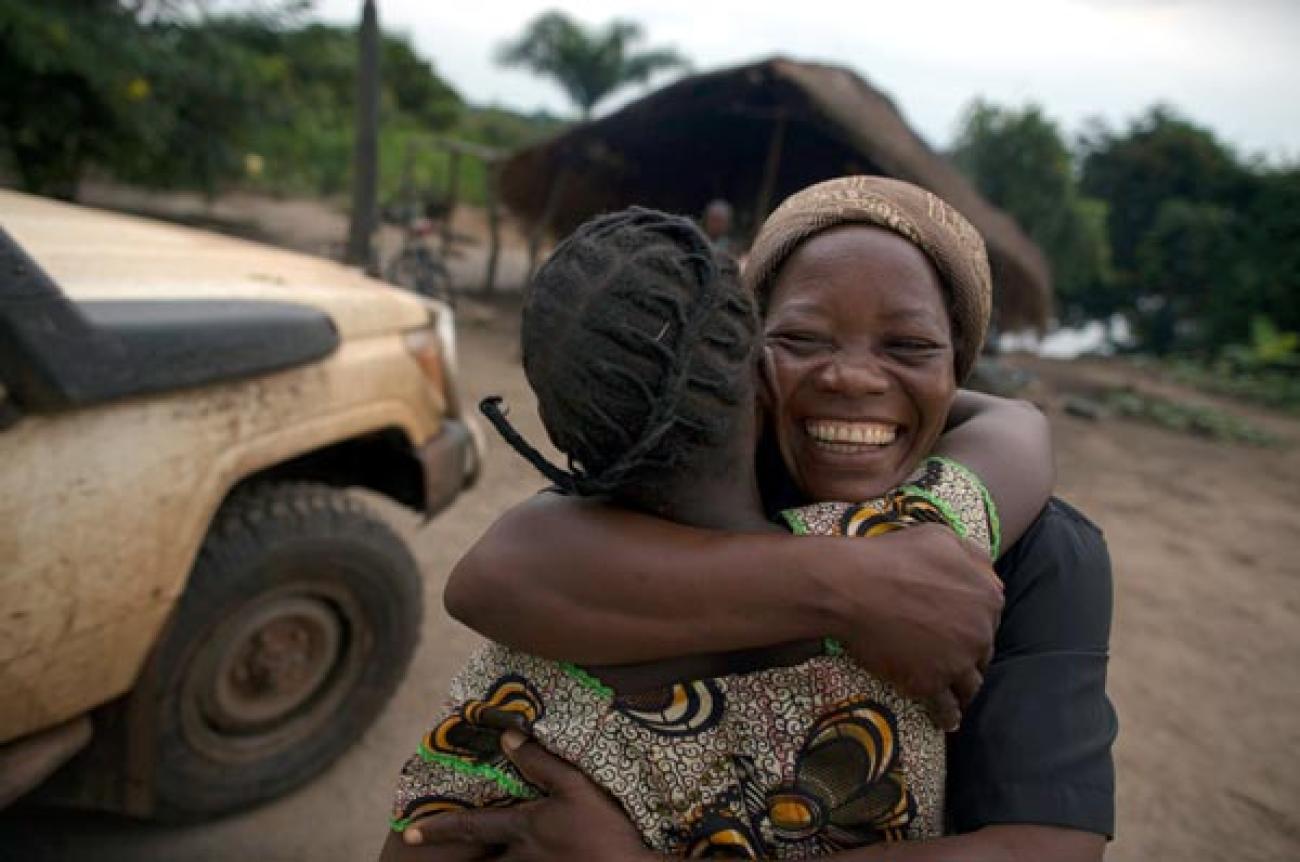
Have you ever read an article about the failures of UN peacekeeping? And wondered why the UN invests significant money towards sending foreigners into war-torn countries, only to get caught up in stories of sex abuse and some peacekeepers hiding in their bases when the going gets tough?
The Democratic Republic of the Congo (DRC) is not new to such stories. When President Mobutu was overthrown in 1997 after over 30 years of autocratic rule, the country tumbled into chaos with an increased number of armed groups. This led to internal and regional conflict involving many neighboring countries. Despite several peace agreements, the country is struggling to recover from this history of conflict.
Old problems continue year after year. State building, where the international community tries to support the government in developing institutions, is still ongoing. Several presidential elections have been postponed. Armed conflict has escalated in new parts of the country such as the Kasai provinces, where we recently lost UN workers. There are currently approximately 2.1 million people who have been forced to leave their homes due to violent conflict.
Collaborating for a cause
We at the UN are asking ourselves: how do we help break this trend? UN civilian and military peacekeepers (MONUSCO) have been in the country 18 years and have tremendous capacity. The United Nations in the Democratic Republic of Congo includes over 20 other UN organizations that are also present in the DRC, and many work on similar issues as the peacekeeping forces. The problem is that there isn’t enough collaboration between the UN organizations and the peacekeepers.
However, with the new global consensus as agreed in the 2030 Agenda for Sustainable Development, there is an understanding that development actors, peacekeepers and humanitarian workers need to work together. To sustain peace, we need functioning schools, social services and local councils just as much as we need “blue helmets.”
The UN in the DRC wants to innovate by finding ways to take advantage of the peacekeepers’ presence to implement the Sustainable Development Goals (SDGs), focusing on promoting peace, justice and strong institutions.
Peace keeping and development agencies working together
Our main objective is to ensure that MONUSCO and the UN country team have a joint strategy that builds on what each one does best.
The UN Development Assistance Frameworks (UNDAFs) need to be in line with national priorities and capture the SDGs. Therefore, the UN decided to first support the government in adapting the SDGs to the Congolese context, in order to prepare a new National Development Plan. For SDG 16 which aims to promote peace, justice and strong institutions, the government prioritized reducing violence, fighting corruption and good governance.
To build on this work, the UN also supports the Ministry of Planning in arranging a meeting with government officials, specifically on the topics of peace, justice, and strong institutions. With the help of MONUSCO, government officials presented and discussed baseline data for reducing violence, fighting corruption and good governance. It is critical to know where we stand in order to measure future impact.
What’s next?
The UNDAF has been postponed by one year due to significant political issues and delays in drafting a national development plan that the UN could align itself with. The year will provide extra time for a discussion between the UN and the government on strategic priorities.
In the meantime, the UN is putting in place “joint task forces” on specific themes where MONUSCO and the UN country team have a common interest. Inspired by the call for new ways of working at the World Humanitarian Summit, we are working together on reintegration of ex-combatants, displacement, justice, gender and human rights. Stay tuned for more about this in future posts.
In countries where violent conflict exists, let’s remember that teaching a young person a skill is peacekeeping, and getting a young combatant out of war is development.
